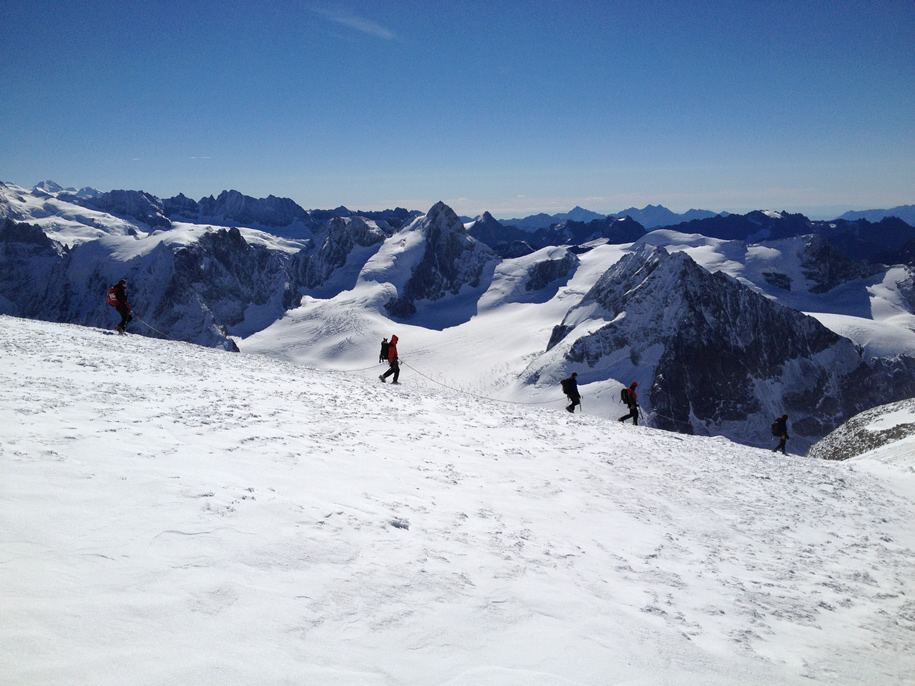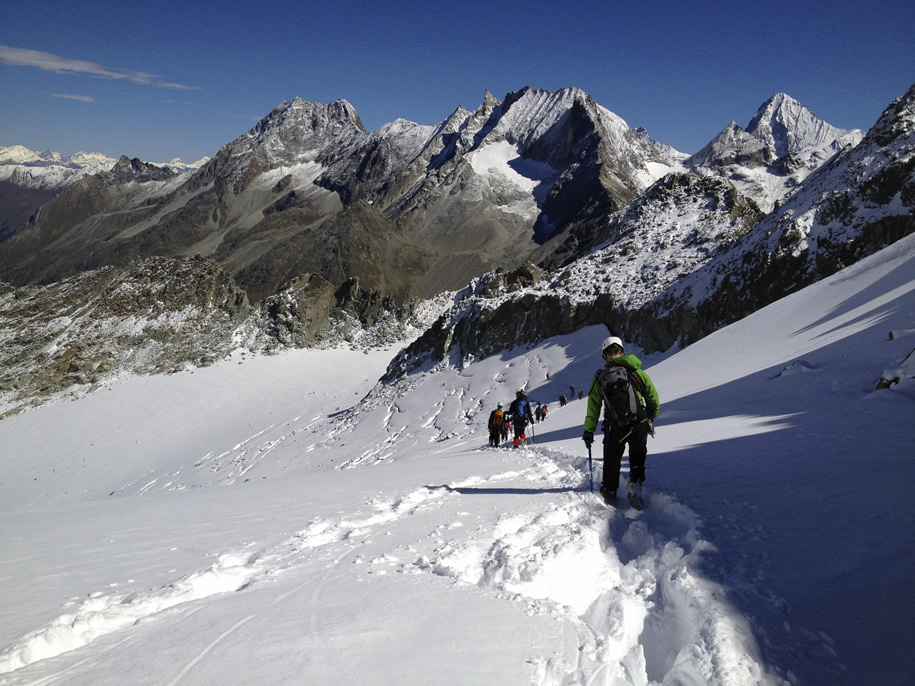If you are reading this column, the above statement probably seems pretty straightforward. You either have the knowledge based upon your medical background or you consult your primary care physician or a specialist depending upon your ailment or injury. However, this is often not the case for climbers and mountaineers who forego a visit to a medical professional but instead opt to ask "Dr. Google" to identify what ails them. The results of a recent study found that climbers sought medical attention for less than half (41.9 percent) of the traumatic and overuse injuries reported, and that the determinant factor for professional care was the severity rather than the character of the injury (trauma vs. overuse).1
So how do climbers find information on their injuries if not from a medical professional? Often this inquiry takes the form of a visit to the accidents and injuries forum posts found on the popular climbing websites rockclimbing.com and Mountain Project, or to one of the many blogs by amateur and professional climbers. Don't get me wrong, I think both Mountain Project, rockclimbing.com, and the many climbing blogs are outstanding and provide a great resource for climbers and mountaineers to communicate on a variety of topics. But the opinions shared within the accidents, injuries, and training forums vary from correct, to zany, to downright dangerous.

Don't take my word for it, a recent search found the following question posted to the forum:
"I fractured my left calcaneus (heel) Feb. 19. I fell on a stupid warm-up route at shelf and landed on a ledge. I have been out the last two weekends climbing on toprope, it's been interesting climbing with a cast. Strange cast jams, lots of down palming, and reworking generally easy terrain.
My concern, is when I get the cast removed Apr. 10, how great is the risk of rebreaking my heel if I take a fall? I plan to toprope for a while until I regain the strength in my foot. How soon can I run, or perform higher impact exercises?"
In this thread most of the replies focused on "What do you think you are doing?" and "Ask your doctor these questions." Both of which are good advice, but many of the replies showed the commenters lack of knowledge about the differences in type and severity of injuries that can occur within the ankle structure, and the procedures indicated to correct these fractures. One post even included MRI shots and asked the other commenters for their advice, a type of online second opinion from the masses.
Other questions submitted for climbers to comment upon include a thread regarding climbing with a mechanical valve, a forearm hernia, a "strange male related injury."One thread that asks the question, "Does climbing exacerbate poison ivy?"
These examples are the norm on these forums, and unfortunately, seem to be a resource for climbers and mountaineers to identify and attempt to treat injuries without consulting any medical professional.
So where else is a climber to look? A quick search of "common climbing injuries" revealed the following list of top hits:
- Finger Fixes - Climbing.com
- Most Common Climbing Injuries - ems.com
- Dr. Julian Saunders: Common Climbing injuries - drjuliansaunders.com
- Climbing Injuries - wikipedia.com
- Rock Climbing Injuries - physioworks.com
- Rock Climbing reaching new heights - hughston.com
- Hand Injuries in Rock Climbing - klatring.com
- Finger Tendon Pulley Injury - nicros.com
- Shoulder injuries and prevention - nicros.com
- Five ways to prevent climbing injuries - theclymb.com
The results are a mixed bag of retail merchandise companies such as Nicros (maker of climbing holds), EMS, which in this case stands for Eastern Mountain Sports, and theClymb.com (an online retail site), a climbing magazine, a couple of sites from Australia, and of course Wikipedia.
Both Climbing and Rock and Ice magazines have begun to focus more on climbing injuries within their pages and are both represented in the search above. (Full disclosure - I have written multiple pieces for Climbing related to climbing injuries, evacuation, and prevention). Within the pages of Climbing there are many contributors from a variety of backgrounds who present short pieces on a specific subject.
Within Rock and Ice, most injury/illness related issues are handled by Dr. Julian Saunders, a climber/osteopath from Australia who holds bachelor degrees in biomedical science and clinical science, and a Masters degree in Health Science (Osteopathy) in his column "Ask Dr. J." This brings up yet another point in this discussion of where climbers receive information regarding injuries. While the term "doctor" in the United States conveys a certain element of education, testing, training, and requisite degrees, often this term is unregulated in other countries or requires less or different education than what is considered sufficient to label oneself a doctor in the United States. That being said, I have found the information presented in this column to be very appropriate, although served up with a somewhat acerbic wit.

The remainder of the sites listed above are of lesser quality, either using material from non-medical sources, or even worse, using no sources at all. Of all the websites above, the most sourced work among them is the Wikipedia entry.
So back to the original question, "Where is a climber to look for information about injuries?" Obviously, a climber with a serious injury needs to be examined by a trained professional. But that leaves many questions related to nagging injuries, pains, and soreness unaddressed with climbers seeking answers. Those answers are out there but can be tough to find. Much information can be sourced by wilderness medicine texts aimed at the layperson such as Medicine for Mountaineering, now in it's sixth edition, or One Move Too Many... a book that focuses exclusively on overuse injuries common to climbing.
At this time there are no comprehensive books focused solely on common injuries and first aid for rock climbers. A detailed search with a focus on scholarly texts can be useful, but are certainly not easy to find without a significant amount of time, effort, and resources by the layperson. The internet is no solution, yet is being utilized by many as a resource in an attempt at self-care for climbing injuries rather than consultation with a professional.
1. Furst-Nichols N, Jones C, Rueckmann E, Mirabelli M. Healthcare utilization following acute and overuse injuries among outdoor rock climbers. Wilderness and Environmental Medicine. 2015;26:94-95.
Posted on March 15, 2015